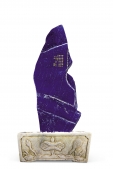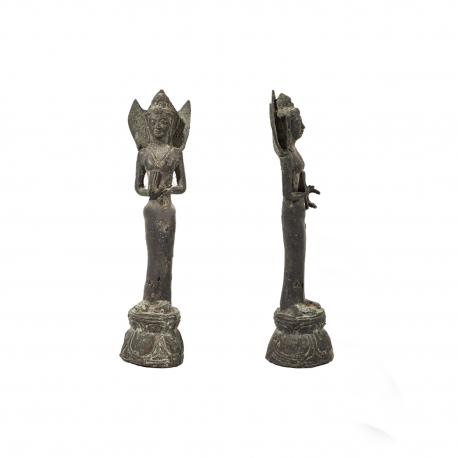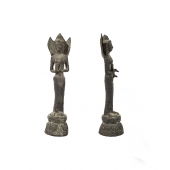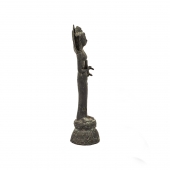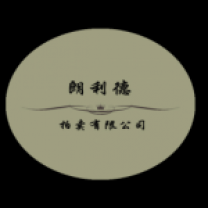铜大理观音像
- 编 号:812607
- 销售状态:待售(不可在线交易)
- 库 存: 1
- 售 价:议价
买家服务热线:
400-601-8111
(平台服务时间:周一到周五 9:00-17:00)
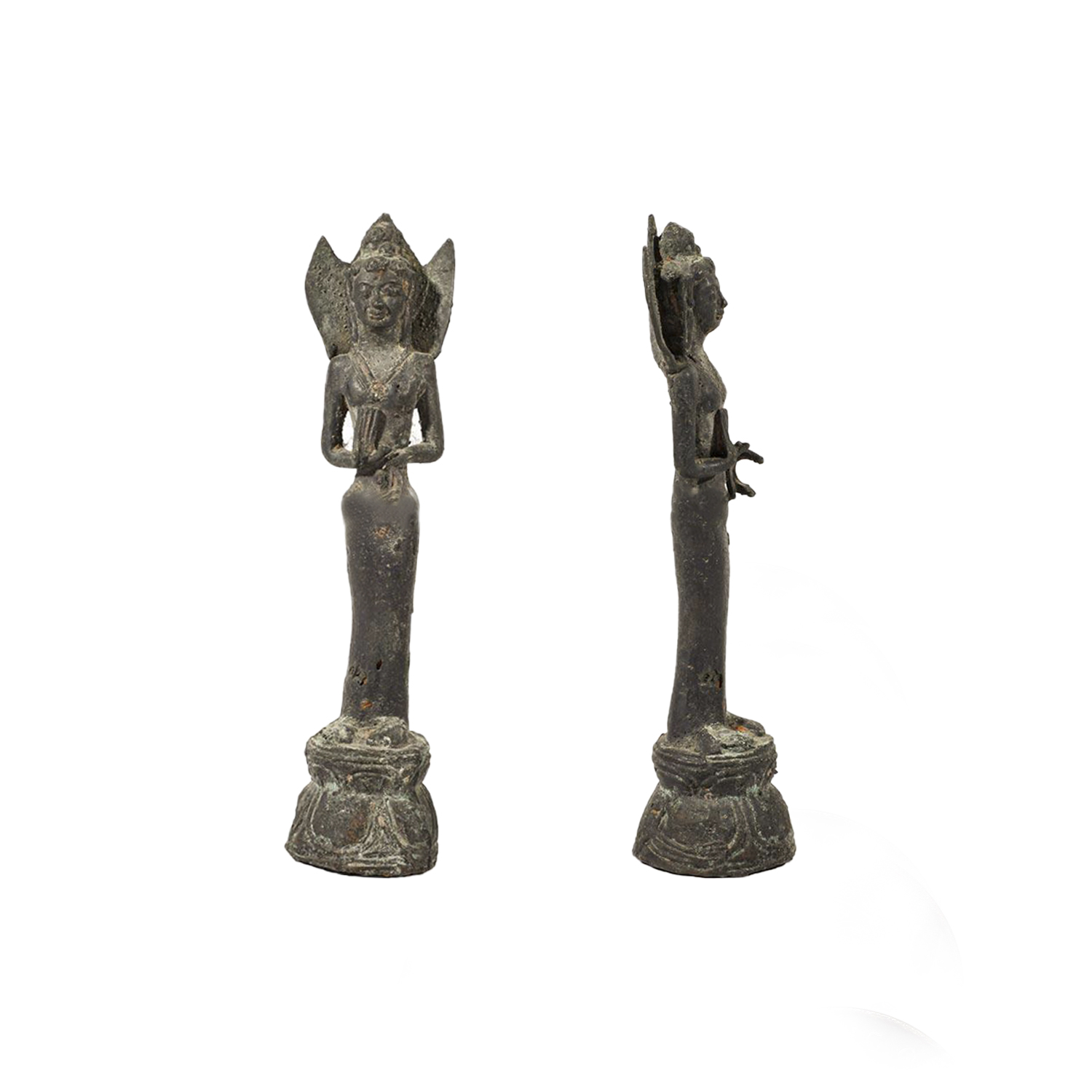
- 资质:
- 评分:
1分 2分 3分 4分 5分 6分 7分 8分 9分 10分 7分
- 印象:
- 经营时间:9年
- 展厅面积:490平米
- 地 区:四川-成都-其他
作品信息
交易评论
本画廊其他作品
| 创作年代 | 不详 | ||||
|---|---|---|---|---|---|
| 作品分类 | 金属器- 铜器-元明清铜器 | 品相 | 全品 | 器型 | 其它 |
| 作品标签 | |||||
| 适用空间 | |||||
作品介绍
佛像艺术的出现,是公元一、二世纪的事情。那是一种受到古希腊文化影响的、印度文化和西域文化相混合的「犍陀罗
二千五百多年前释迦牟尼在世时,是反对印度社会婆罗门教的偶像崇拜的。在佛教产生后的六百年间,佛教信徒一直遵循释迦牟尼生前的教训,不立偶像崇拜。在印度史上,直到公元一世纪前,并未见有佛的雕塑像和绘画像出现。在阿育王时代(公元前二七二-前二三二年)建造的佛陀伽耶之摩诃菩提寺中,虽然可以见到不少雕塑图案和佛座,但是,佛座上并无佛像可见。从这里,可以看到当时的佛教信徒还遵从释迦牟尼的遗训,不行偶像崇拜之事。当然,也有可能出于这样一种心理,即他们以为佛的神圣形象难以描绘,制作佛像是一种亵渎神圣的罪过。
在古代犍陀罗的遗址(今巴基斯坦白沙瓦附近)进行发掘时,曾发现过一枚迦腻色迦时期的钱币,钱币上铸有穿着希腊服装的释迦牟尼像,像的周围有用希腊字母拼写成的「佛陀」字样。此外,在西域还发现了一尊骨瘦如柴、
头有光轮、貌似古希腊人形象的早期佛像。这些迄今发现的最早的佛像说明,佛像的出现同信仰佛教的希腊人后裔有着密切关系,他们把希腊诸神的艺术表现形式引进到佛教中,塑造了具有明显的希腊人脸型的佛像,供奉在「伽蓝」(佛教寺庙)里,以形象的艺术形式来突出佛的神圣性,开始背离了释迦牟尼生前反对偶像崇拜的遗训。
The emergence of Buddha art was in the first and second centuries. It was a gandhara, a mixture of Indian and Western cultures, influenced by ancient Greek culture
More than 2,500 years ago, when Sakyamuni was alive, he opposed the idolatry of Brahmanism in Indian society. For 600 years after Buddhism came into being, buddhists followed the teachings of Sakyamuni and did not worship idols. In the history of India, until the first century AD, there were no statues or paintings of Buddha. In the Mahabodhi Temple of Budgaya, built during the ashoka era (272-232 BC), there is no statue of Buddha visible on the Buddha throne, although many sculptures and Buddha seats can be seen. From this, we can see that buddhists at that time still followed the teachings of Sakyamuni and did not worship idols. Of course, it is also possible that they felt that the sacred image of Buddha was hard to depict and that making Buddha statues was a sin of sacrilege.
Excavations at the site of ancient Gandhara (near present day Peshawar, Pakistan) have found a kashithaka coin with an image of Sakyamuni in Greek costume, surrounded by the word "Buddha" spelled in Greek letters. In addition, a statue of scrawny,
An early Statue of Buddha with a halo on its head resembling an ancient Greek figure. The earliest ever found in the figure of Buddha, the Buddha of Greek descent have close relations with belief in Buddhism, they put the Greek gods introduced art forms into Buddhism, shape has obvious greeks face of figure of Buddha, enshrined in the "kuan ti" (buddhist temple), with the image of the art form to highlight the sanctity of the Buddha, He began to deviate from sakyamuni's instructions against idolatry.

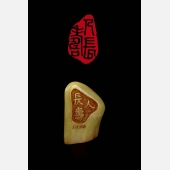 陈维廉
陈维廉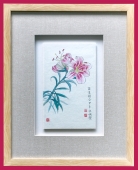 赵映璧
赵映璧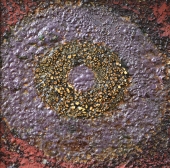 魏新
魏新